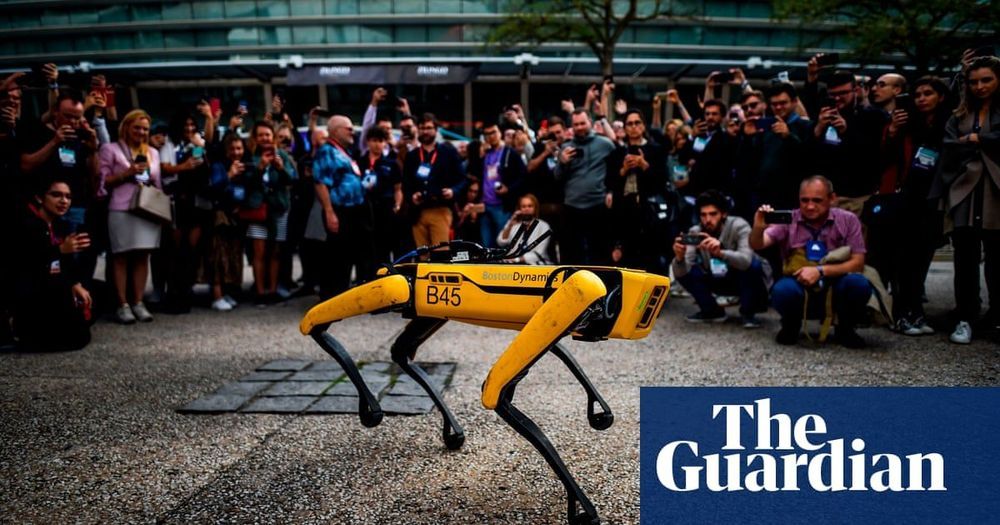The XENON experiment recently made a breakthrough in their hunt for dark matter, observing the most rare decay process in the Universe that involves neutrinos.
On the first page of Heinz Koop’s fecal analysis test results, a bar showed where he fell on a gradient from green to red. A label above said, in German: “Overall dysbiosis.” Koop was not in the green or even the yellow regions, but a worrisome orange. It was a bad result — but, he says, “I was kind of happy.”
Doctors hadn’t given him a satisfying answer about his recurring bloody diarrhea and other gut troubles. But Koop had learned on Facebook that he could test his gut microbiome — the community of bacteria and other organisms living in his gastrointestinal tract — to look for problems. Koop ordered a test from a German laboratory called Medivere. The results said his gut microbes were imbalanced, which was something he thought he could treat. Soon he would be attempting to correct this imbalance by chauffering a friend’s fresh stool samples home to implant up his own colon.
Trillions of microbes living on and in our bodies, especially our guts, make up our microbiome. The bugs in our bowel are not just there to slow down our poop, as one researcher speculated in 1970, but are intricately connected to our health. Gut microbes help us digest our food, make critical vitamins, and keep pathogens out. Over the past decade or so, research into the microbiome has exploded as researchers have tried to tease apart the complex connections between our diseases and our resident microbes.
Americans use an average of 50 pounds of toilet paper, per person, each year. This accounts for millions of trees being destroyed. While the western world has cut back on paper usage with the development of technology, toilet paper is one area that cannot be improved – or can it?
OpenAI’s text generator, machine learning-powered—so powerful that it was thought too dangerous to release to the public, has, guess what, been released.
OpenAI published a blog post announcing its decision to release the algorithm in full as it has “seen no strong evidence of misuse so far.”
Well, that was a turnaround.
AMD’s flagship Ryzen Threadripper 3990X monster HEDT CPU, featuring 64 cores and 128 threads has been leaked out by MSI.
San Francisco, Nov 10 (IANS) Google’s cybersecurity project named “Chronicle” is imploding in trouble and some employees feel its management “abandoned and betrayed” the original vision, media reports said.
Chronicle’’s CEO and Chief Security Officer have already left and the Chief Technology Officer is leaving later this month while other key officials are eyeing an exit, according to the Motherboard.
In June this year, Chronicle lost its status as an independent entity when it formally joined Google to become part of its Cloud security offerings.
SmarterASP.NET, a company with more than 440,000 customers, said it’s been hit by ransomware over the weekend.
Drone makers have to convince us that airborne burritos and transplant organs are worth the noise and privacy invasion.
There’s something unsettling about a private firm making powerful autonomous machines – but what’s scarier is who’s building them, and why.
The philosophy that we should merge with machines to expand our intelligence and extend life is gaining traction. Design, scientific and technological frontiers are being pushed to redefine nature through AI, AR, biotech, genetics, and VR.









